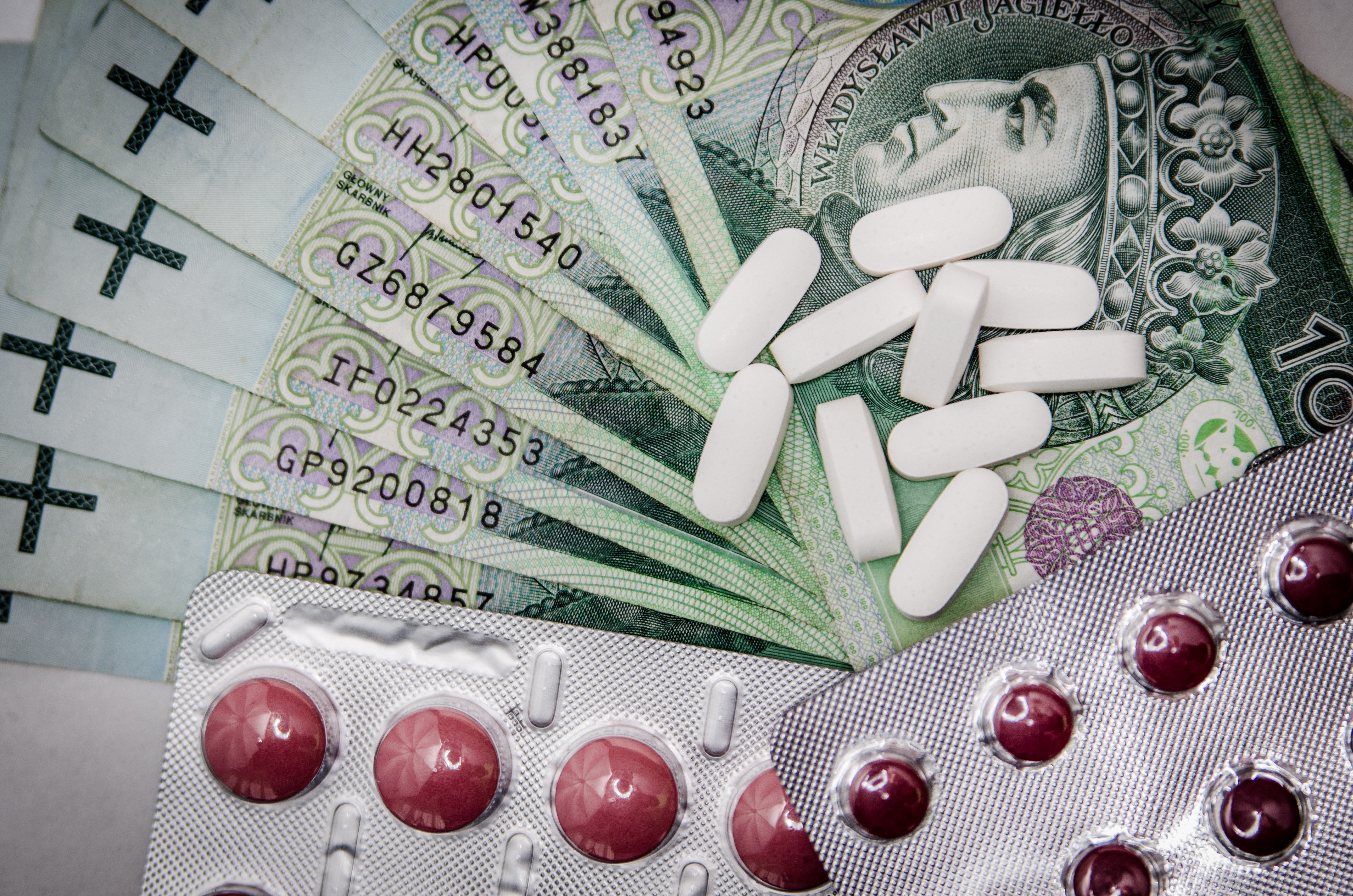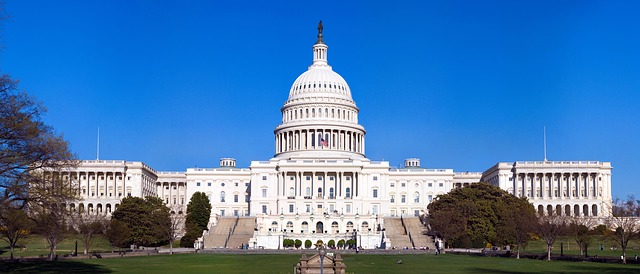Amy’s next installment in her Drug Development Wednesday column aims to provide some context to the current drug pricing debate. Why do medications seem to cost so much? Where does that price come from? What are patients actually liable to pay? Are the profit margins for biotechs really that much different than other industries?
The cost of CFTR modulators has spurred some of the most interesting conversation in our community that I’ve seen in a long time. I think debate is fantastic, and when done constructively, hopefully leads to everyone in the discussion with a deeper understanding of facts.
This post is one of several where I am going to dive in to how drugs are priced – both for CF and for the general population. It’s a topic that I am incredibly passionate about because I think it’s a large piece of the puzzle to finding better medications and ultimately a cure for CF.
To be clear, this post is discussing how drug manufacturers set a price, not how we determine what health insurance, national governments, states (such as Medicaid), hospitals, pharmacies or patients pay. That will be a post coming up.
Profit Margin
I often hear this point made when discussing the cost of some CF medications – XYZ drug company is making TOO MUCH profit from CF drugs. I’m always curious as to what exact # or % defines “too much” and who, if anyone, gets to decide that? Let’s dive deeper in to profit.
Profit margin (the amount that is made in a business after the costs have been subtracted) for an iPhone is 38%. And in 2017, 215 million iPhones were sold. It takes some research and development to bring an iPhone to the market, and yes, some risk. But most of us would agree, drug development takes far more R&D than a cell phone, and getting a drug from the lab to pharmacy shelves is associated with substantially more risk.
Yet, drug companies in the United States have an average profit margin of 14% – and 15 other industries have higher profit margins. (Tobacco – 43%, Financial services – 26%, Bank [Money Center] – 26%, Software – 23%, Beverage [Alcohol] – 21%, Semiconductor Equipment – 18%).
It really is food for thought in terms of how we price life-saving, life-altering medications.
Yes, the price point of an iPhone is often lower than the price point of the retail cost of a medication (although after insurance pays, manufacturer coupons are applied, sometimes drugs are at a lower price point).
Yes, we don’t need an iPhone to live like often we need drugs to live. But it also doesn’t take 10-12 years on average to develop a new iPhone. Nor does it take risking $2.6 billion over those 10-12 years before the iPhone turns a profit to pay for scientists, lab equipment, clinical trials and regulatory staff and associated FDA interactions.
R&D cost
We discussed in my previous article a few weeks back that it costs on average $2.6 billion to bring a drug to the market. This insane risk and complexity of drug development must be priced in to the cost of the drug. In other words, there must be a reward to pharmaceutical companies for investing so much money, effort and of course for taking so much risk. There’s just no way around it.
Orphan disease drugs aren’t “copy-cat” drugs that, for example, lower cholesterol 5% more than the 3 other cholesterol medications on the market (hypothetical, although realistic, example). Orphan drugs are often radical breakthroughs in the understanding and treatment of an illness. The price tag will and must reflect this innovation.
Target population size
Let’s examine the $2.6 billion it takes on average to bring a drug to the market. The smaller the target patient population is for a given medication, the higher the price must be for the pharmaceutical company to earn back the R&D investment. It’s simple math. “It doesn’t cost any less to develop a drug for five people than it does for a hundred thousand; same preclinical studies, clinical studies, its’ all the same.”[1]
With larger patient populations such as people with high cholesterol, R&D costs can be spread out among 28 million American patients. This allows for lower drug prices – which ultimately still allows the pharmaceutical manufacturer to recoup costs. Try spreading $2.6bn across 70,000 cystic fibrosis patients worldwide. The price of the drug is going to be higher. Again – it’s just math.
But it’s not just R&D – it’s incentivizing and paying for risk.
In 2011 Vertex submitted Kalydeco to the American FDA. Did you know that in 2011 Vertex sustained $3.6 billion in losses?[2] What business person is going to risk $3.6 billion in losses over 22 years if there isn’t a reward for this astronomical risk on the other end of the rainbow. Spoiler alert: nobody!
How do we know? In the 50s, 60s, 70s, 80s and 90s, outside of Pulmozyme, zero CF-specific drug development progress was being made. DECADES were spent waiting for government institutions and academia to find drugs to treat CF. It didn’t work. There has to be an incentive – a reward – to take on massive risk and debt to develop orphan drugs. There just isn’t any way around this truth.
Drugs for all
I will be the first to tell you that I want every CF person around the world to get their medications, including CFTR modulators, for free… forever. I mean it. In 37 years, the suffering, anguish, pain and heartbreak that I have seen in our community leaves a hole in my heart that I will never be able to repair.
Everyone deserves Kalydeco, Orkambi, Symdeko and hopefully soon, the triple combo drug(s). It’s as simple as that.
And I am not a pharmaceutical / biotech / drug company apologist. Anyone with a brain or a heart understands that the healthcare industry – both in the US and abroad – has flaws that can make it difficult for people with CF to get the care and medications they need. This is true on BOTH sides of the pond, by the way.
Over the past 4-5 decades, the CF community has seen many permutations of drug development models for our orphan disease. We have seen academia give a go to develop life-saving medication for CF. We have seen governments throw their hat in the ring to new drugs for CF. And we have seen drug companies work to find life altering, life giving and lifesaving medications for CF.
And only one of these models has worked to put medications in our salty little hands.
Currently in the US, 99% of all people with CF who are eligible for CFTR modulators have “broad access” to the medications – demonstrating that American insurance companies, Medicare and Medicaid see the tremendous value in these drugs, and are usually willing to pay for the innovation.
It is devastating and unacceptable for the 1% of patients without access to the medication, and, yes, price may be getting in the way of access to the drugs. The bottom line, however, is if we chop modulator prices right now, the incentive to develop future CF therapies will take a dive. It’s just how the system works. 99% access to drugs today is better than 0% access to future drugs tomorrow
As soon as someone has a CF drug on the market that proves me wrong, please let me know. Until then, I am enormously grateful for how life changing Kalydeco, Orkambi and Symdeko have been for CF patients across the world.
[1] Werth, Barry. The Antidote. New York: Simon & Schuster, 2014. Print.
[2] ibid
The views expressed on any guest column [Drug Development Wednesday], are that of guest contributors, and not necessarily those of Gunnar Esiason or the Boomer Esiason Foundation. Nothing in guest columns should be considered medical advice; such advice can only be given by a physician who is experienced with cystic fibrosis. The Boomer Esiason Foundation, Gunnar Esiason, and guests cannot be held responsible for any damage which may result from using the information on this website without the permission of your medical doctor.





